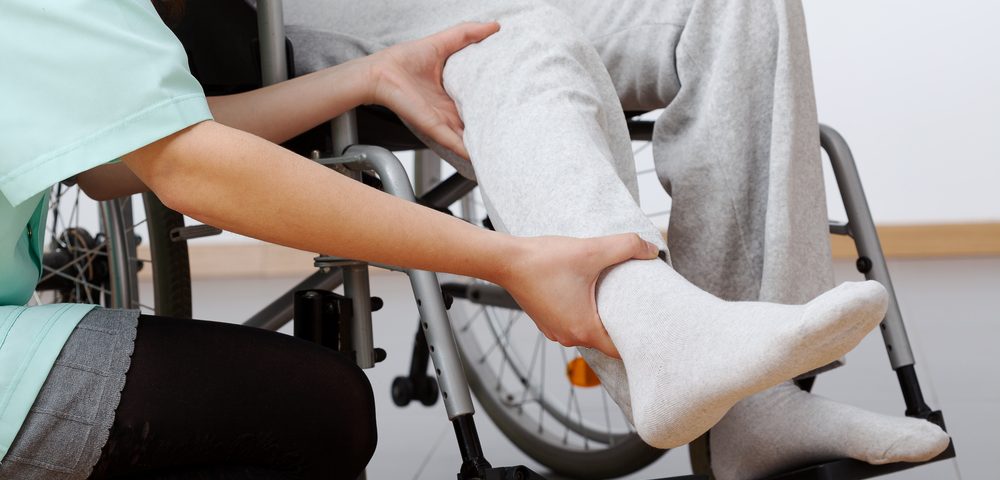Interruptions in physical therapy aggravate muscle stiffness, or spasticity, and decrease joint movement in children with cerebral palsy (CP), a Korean study suggests.
The study, “The Role of Regular Physical Therapy on Spasticity in Children With Cerebral Palsy,” was published in the journal Annals of Rehabilitation Medicine.
Cerebral palsy affects movement and posture, and limits physical activity of young patients. The most common type of cerebral palsy, called spastic, is characterized by increased and persistent muscle stiffness in one or more limbs. This type accounts for 70 to 90% of all CP cases.
Long-term spasticity promotes both the loss of voluntary muscle activation, and abnormal involuntary muscle activation. Associated hip dislocation and contractures — the tightening or shortening of muscles — cause pain, which together contribute further to motor dysfunction in people with CP.
Although more aggressive treatments like botox injections, muscle relaxants, and surgery have been used to control spasticity in CP, physical therapy remains the first option in battling this symptom. During physical therapy, patients undergo movement exercises that include passive and active stretching, and prolonged positioning.
Researchers sought to assess the impact of interruptions in physical therapy on spasticity in children with CP. To do so, the team recruited a total 35 patients attending a physical therapy program at St. Vincent’s Hospital in Seoul, Korea.
The children, ages one to 11 years, included 19 males and 16 females. Among the children, 22 had bilateral spastic CP — meaning both the left and right sides of the body were affected — and 13 had unilateral disease, affecting only one side.
Spasticity was evaluated using the Modified Tardieu Scale (MTS), which measures a muscle’s response to movement. Specifically, the researchers evaluated the children’s response to ankle joint movement, knee flexion, and extension positions.
Out of the 35 children, 16 were classified as mild, or level 1–3, while 19 were severe CP, at level 4–5, according to the gross motor functional classification scale (GMFCS). Higher GMFCS levels translate into increased disability.
The children’s spasticity scores were assessed before and after a 10-day holiday, during which they interrupted their physical therapy sessions.
After the 10-day break, the range of motion of the ankle joint, as well as knee flexion and extension, significantly decreased, the results showed. This was independent of disease severity or age.
These results suggest that “interruption of regular [physical therapy] aggravated spasticity and decreased ankle joint [range of motion] in children with spastic [cerebral palsy],” the researchers said.
Although duration and frequency of physical therapy is not specified in guidelines for children with CP, this study suggests that regular physical therapy without long interruptions could avoid deterioration of joint movement and help control muscle continuous contraction and stiffness.
Regular PT is “an important component of the care continuum for children with spastic CP,” the researchers concluded.

